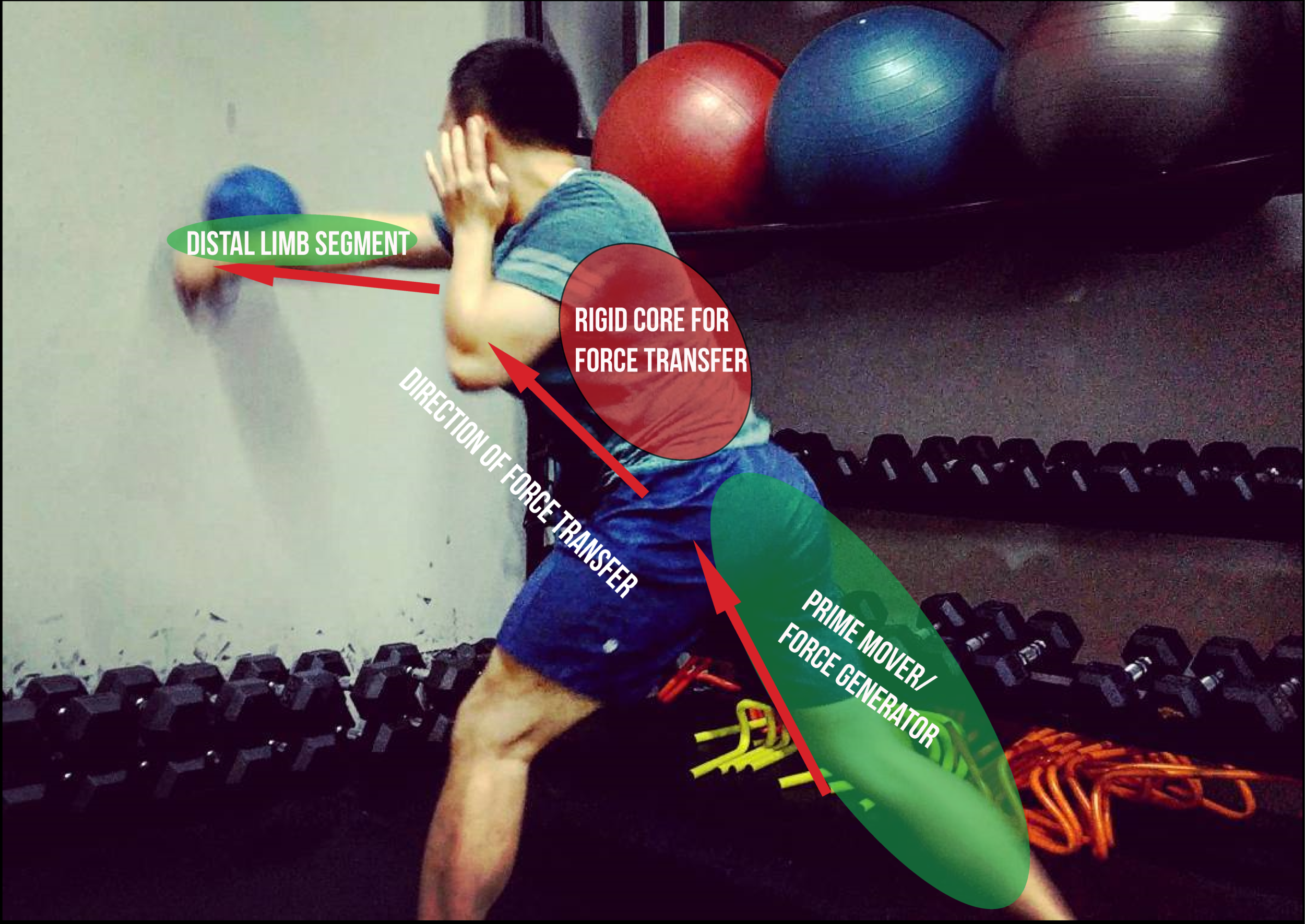Training Session Structure, Single Leg Explosiveness and High/Low Training - Combat Sports S&C Q&A #1
These questions were taken from my Instagram Story Q&A (@gcptraining). Alongside answering questions on Instagram, I will pick the best 3 questions related to combat sports S&C and discuss them in-depth. Some of these questions were asked by followers and readers of my newest ebook “The Strength & Conditioning Handbook for Combat Sports”.
Question #1 - What is your philosophy on the structuring of a training session?
The overarching goal behind structuring a training session is to optimize the training adaptations from each exercise within the given session.
First things first, any strength and conditioning training session for a combat sport athlete will start off with a warm-up. I utilize a “RAMP” warm up, the main goal is to raise body temperature, activate muscles, mobilize the joints and potentiate the athlete’s neuromuscular system system to reach the intensities seen in the training session.
The second order of training involves performing exercises that have require a high neuromuscular demand. These are usually high-velocity or high-force output exercises like plyometric jumps and medicine ball slams or heavy compound lifts. The reason why these are performed first is because these training modalities are more susceptible to performance detriments due to fatigued. In other words, athletes will not be able to reap in the benefits of plyometric and max-strength training if those exercises are placed near the end of the session.
Followed by this, are accessory exercises that are single-jointed or aimed at smaller muscle groups. Their relatively low technical and neuromuscular demands means their effectiveness will not be diminished to the same degree with the onset of fatigue.
Conditioning, depending on the type, will usually be placed at the end of the session.
Here is an example of a full body MMA workout (performed descending order) following these training session structure principles:
RAMP Warm Up (Mobility flow, FRC, Core training, Bodyweight Jumps)
DB Weighted Plyometric Jump
Plyometric Push-Ups
Banded Zercher Squats
Barbell Overhead Press
Cossack Squats + Rotating Lower Back Extension Superset
Banded Rear Delt Flies + Bicep Curl Superset
Aerobic Power Intervals
Cooldown
There are some nuances to structuring a training session however, especially if you’re using methods like post-activation-potentiation or if you’re prioritizing certain power, strength or structural training qualities. I’ve written an in-depth article “Exercise Order - Principle for Sequencing A Training Session”. In this article, I also detail the principles of fatigability and prioritization to help you navigate training session programming. Check it out.
Question #2 - How do you develop single leg or staggered stance explosivity?
Single leg power is first built on a base of bilateral strength and unilateral stability. Before chasing power and explosivity in split or staggered stance movements, ensure that you have spent time building up your strength through squat, deadlift and split squat variations.
Moving forward, some of my favorite exercises for combat sport athletes include lateral bounding exercises, staggered stance kettlebell swings and staggered stance trapbar deadlifts (links included).
The reason I prefer these exercises is because of their ability to transfer over to both striking and grappling performance.
Lateral bounding variations develops lower body power in a way that compliments the in-and-out and angle changing agility demands of striking sports.
Staggered stance variations like kettlebell swings and trapbar deadlifts develops all of the strength and power qualities similar to it’s even-stance counterpart but puts extra emphasis on the back leg. By overloading the back foot and hip, it can possibly enhance force production in back-foot-driven grappling and striking movements such as shooting the double leg takedown or the power-straight and rear power-kick.
Question #3 - What happens if MMA workouts fall in between the high/low categorization of training you’re talking about in ebook?
Many training sessions or training days in reality will fall in between high and low. When this happens, I tend to side on the conservative side and count them as high.
The high/low categorization I mention in my ebook is simply a tool used to help us better understand and balance training stress throughout a training week. The important thing is to consider the training volume and intensity of each training session, the associated recovery cost, and how it will affect performance on subsequent training sessions or the next training day.
If you have a hunch a particular training session or class incurs much more stress than you originally thought, take some readiness data post-training and track fatigue markers like muscle soreness or nervous system readiness through jump or grip testing.
Remember, nothing in the chaotic world of combat sports training is set in stone. It’s great to have a framework to guide you, but this does not replace trial and error and constant refining of the training and planning process.
FREE EBOOK CHAPTER DOWNLOAD!
Chapter 7 of the eBook, “The Sport-Specific Trap - Revisiting Dynamic Correspondence for Combat Sports” talks about key concepts to consider when selecting exercises to enhance combat sports performance and some common mistakes coaches make.



![Combat Sports Strength and Conditioning - Microcycle & Within-Session Programming [Part 2 of Programming Layers Series]](https://images.squarespace-cdn.com/content/v1/55072bf0e4b055a8f66250e9/1605708338077-FWV40X4D3O675XD8QX5Q/Shared+from+Lightroom+mobile.jpg)
![Combat Sports Strength and Conditioning : Macrocycle & Mesocycle Planning [PART 1 of Programming Layers Series]](https://images.squarespace-cdn.com/content/v1/55072bf0e4b055a8f66250e9/1605110722911-P7CE6O4VILYCVBEJ9R58/muay-thai-jump-rope.jpg)


![[Fight Camp Conditioning Guest Post] Bridging The Gap: Conditioning For Combat Sports](https://images.squarespace-cdn.com/content/v1/55072bf0e4b055a8f66250e9/1585917228624-NZJGW93SQK2P6F890J2A/New+article+title+pic.jpg)



